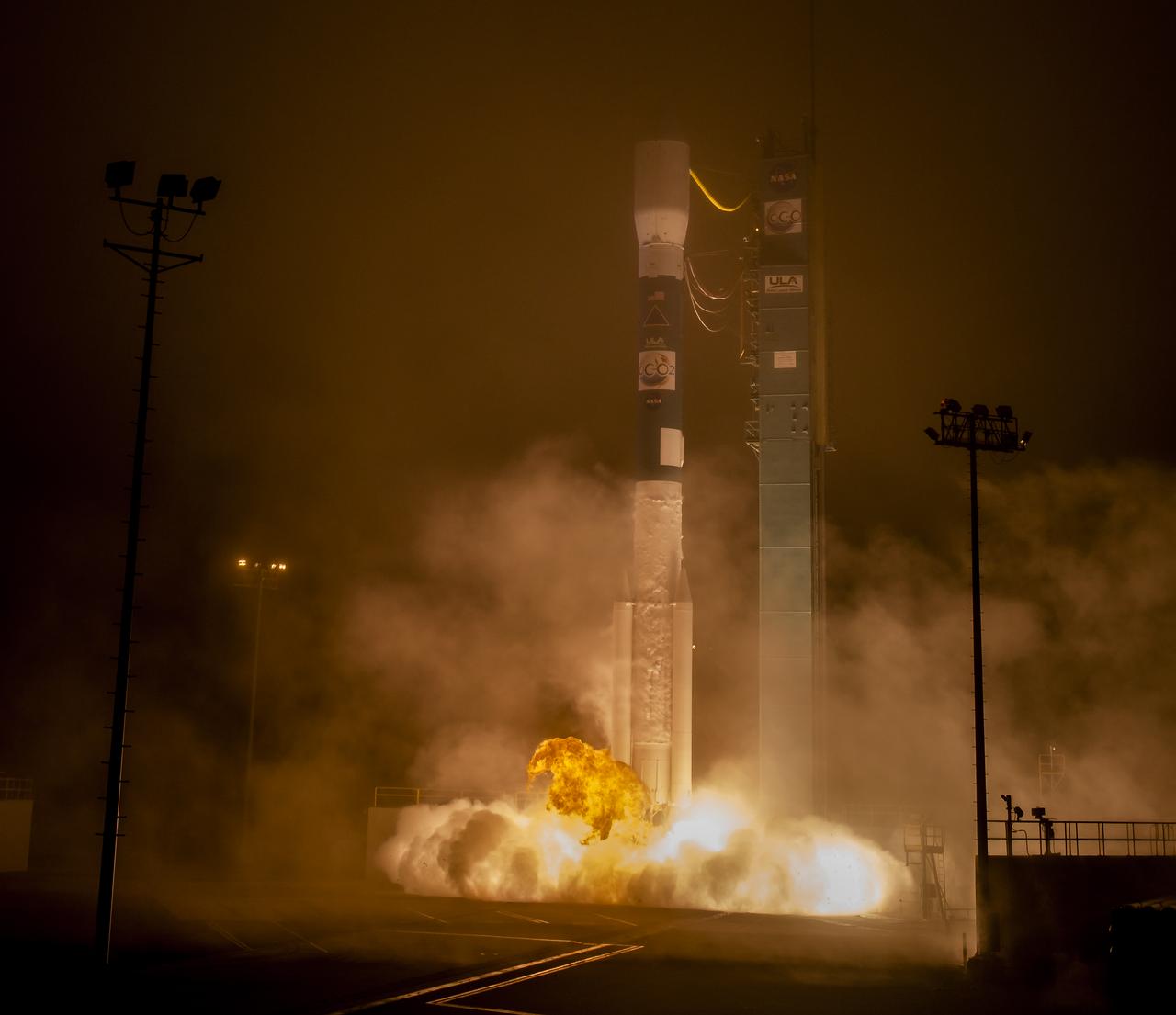About GHG Management
Greenhouse Gas (GHG) Management at NASA

Purpose
NASA implements a Greenhouse Gas (GHG) Program in order to better understand the GHG emissions associated with the operation of its facilities. The Program includes NASA Centers working with environmental, energy, procurement and logistics staff to gain a holistic view of GHG emissions at NASA sites. Building on its efforts to characterize Agency GHG emissions since 2007, NASA has the tools, methodologies and experience to estimate GHG emissions. NASA works with its Centers to improve reporting data and to help monitor its status concerning statutory reporting thresholds. The bulk of NASA’s GHG emissions are tied to energy use, especially the purchase of electricity, and fuels to operate the Centers, including cooling and heating buildings. Ongoing efforts concerning the GHG Program require the maintenance of databases to collect Center-specific data on energy and related activities.
How Greenhouse Gas Program Supports NASA’s Mission
NASA understands the direct link between energy use and GHG emissions and therefore the Agency makes an effort to cut energy use through increased efficiency and use of renewable energy. The reductions in energy use and related GHG emissions significantly help lower environmental impacts while leveraging investments and available resources.

























